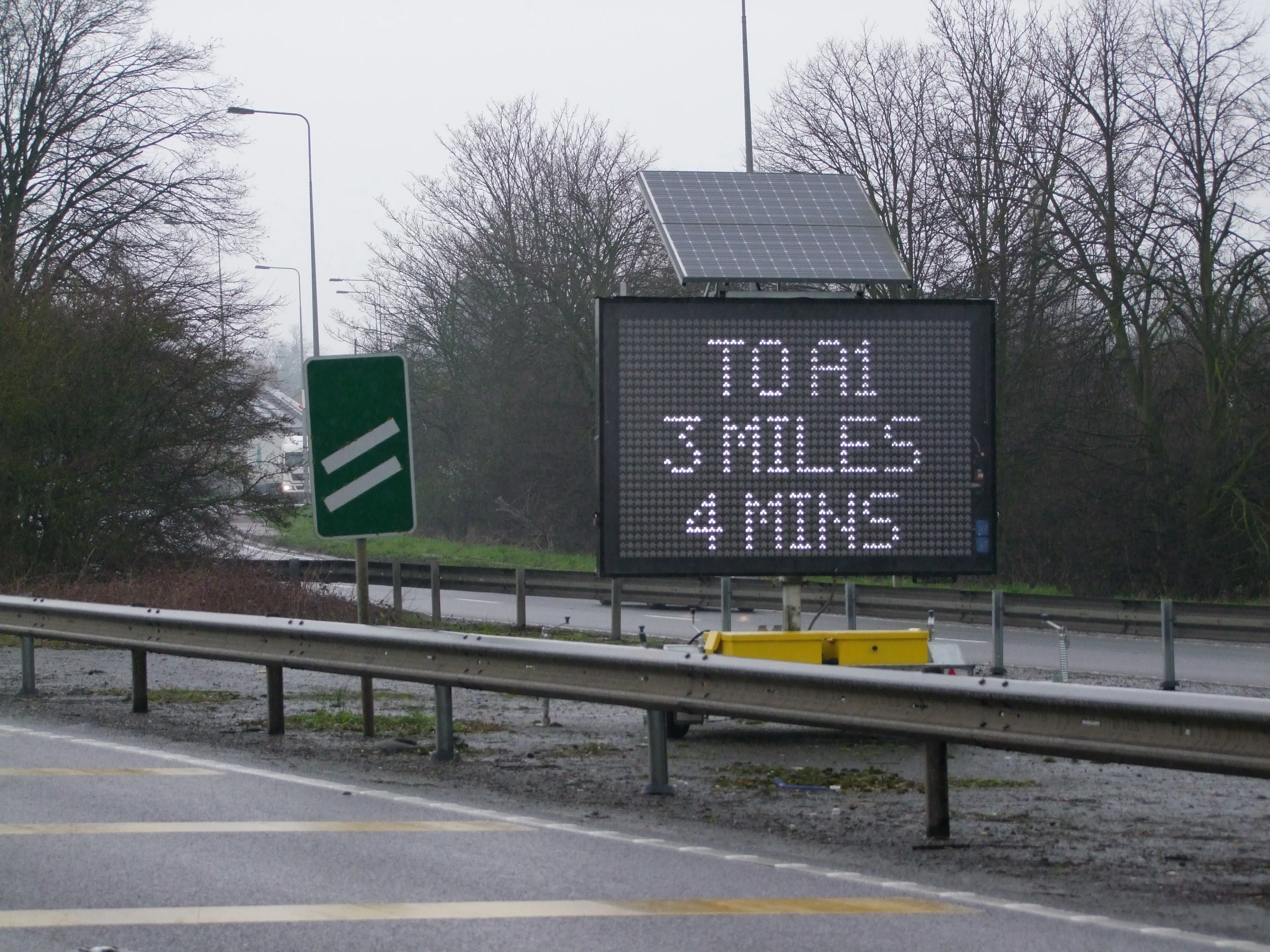
National Highways, the road agency for England, has opened a competition for a system to spot potential bridge defects before they become visible.
One of the greatest threats to bridges and structures on any road network is corrosion of steel which is often encased in concrete. As such, the competition, called Structures Moonshot, focuses on two specific features. One is steel tendons in post-tensioned structures. The other is reinforcement within concrete half-joints – a ‘shelf’ constructed at the end of one span to support the adjacent span.
National Highways said that these features can be vulnerable to deterioration but are difficult to access and often require intrusive investigations to assess the condition. This can require lane or road closures causing disruption for motorists.
The agency wants to find solutions that can detect defects sooner and resolve the issues in a less disruptive and a non-destructive way.
The project is being taken forward by Atkins-Jacobs Joint Venture which will carry out extensive testing and research to identify the most suitable technologies for conducting advanced forms of non-destructive testing on structures.
According to National Highways, “new ideas are being sought which may include experimenting with machine learning and artificial intelligence to detect critical hidden structural defects. Solutions could range from advanced sensors, imaging technologies and machine learning algorithms.”
Successful entrants will be given a rare opportunity to carry out some real-world testing of their products on sample bridge sections taken from the decommissioned A14 Huntingdon Railway Viaduct. This will provide a platform to showcase their products to us and the wider industry before the sample is demolished which will allow participants to validate their results.
The outcomes of the testing will enable participants to optimise the effectiveness and applicability of their maintenance solutions. The results will also be published to enable collaboration and shared learning across the construction industry.
"This unique project will enable a far greater understanding of the condition of some of the most complex and difficult structures in our transportation infrastructure and could revolutionise how National Highways monitors and manages their condition,” said Chris Mundell, technical director within transportation at Atkins.
"Ageing bridge structures create a significant maintenance burden for critical infrastructure owners and the communities they serve across the globe,” said James Watson, non-destructive testing consultant with Jacobs. "This research project is a rare opportunity to test the potential of emerging inspection technologies.”
Testing will take place in August. Enquires about how to enter the competition should be sent to [email protected] or by visiting the competition’s web page.









